
Hearing impaired people crying for lack of education opportunities

Himal Guragain, a hearing impaired boy, has been pursuing Bachelor’s Third Year course at the Central Campus for the Deaf in Naxal, Kathmandu. He had a wish to pursue information technology or commerce in Bachelor’s level after completing Plus Two level. But, his wish remained unfulfilled, as the curriculum at his college lacks these subjects. Moreover, there are no other colleges offering more separate subjects deaf people like Guragain choose to pursue. This is the only college offering higher education to the hearing impaired.
“At our college, there is only one curriculum that offers limited subjects. I wished to pursue information technology or account. But our campus curriculum lacks these streams,” he said.
In the context wherein there are more than 100,000 words related to sign language, and more than 5,000 sign language vocabularies, only a few schools and campuses in Nepal are offering limited subjects, according to him. This has made the matter worse for deaf people like him.
“I had to visit Kathmandu, the federal capital, for higher education as my village or nearby towns lack a college offering education to hearing impaired people. It is difficult for us to sustain in Kathmandu. It is harder for those of them from the poor families. We need scholarships.”
A lack of skilled and experienced teachers to teach particular subjects like information technology and account to hearing impaired people has been a matter of concern, he said.
“Teachers need a good command over sign language and special skills to understand facial expression of hearing impaired people. But, most of schools offering education to them lack skilled teachers. A school offers a curriculum of nine subjects, and 45 minutes are allotted for each subject. The fact is that around 90 percent students cannot understand what lessons are offered to them. It takes time for them to understand,” he said.
The current curriculum for hearing impaired people is not suitable, and they need another curriculum, he viewed.
Rabita Deula who is studying at the same college is facing the same problem as Guragain’s. They are facing difficulties due to lack of skilled teachers and interpreters who translate their language. There are a total of 22 special schools and 174 integrated schools with resource classes across the country, which are accessible for hearing impaired people, according to the National Federation of the Deaf Nepal (NDFN).
These schools have 6,380 hearing impaired people, and 204 deaf and blind children, it said. But, these educational institutions lack skilled and experienced teachers with knowledge about sign language, thus making it difficult for hearing and visually impaired children, it said.
Of the two types of persons with disabilities, deaf and blind children who either cannot hear and see or can partially hear and see require teaching through the special mediums of touch, taste, smell and movements. Those who are hearing impaired need to be taught through sign language and bilingual method.
- Light Rainfall Forecasted in Koshi and Gandaki Regions Today
- Nepal’s Trade Deficit Surpasses Rs 460 Billion in First Four Months of Fiscal Year
- Indian Army Chief General Upendra Dwivedi Visits Muktinath Temple and Nepal Army’s Western Division Headquarters
- Indian Army Chief Visits Pokhara, Honors Gorkha Veterans and Gallantry Awardees


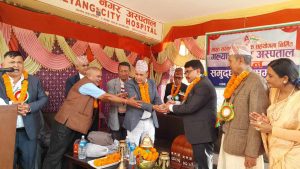
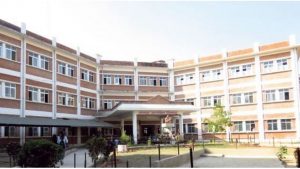
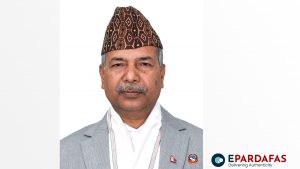
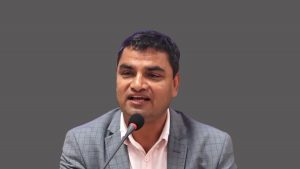





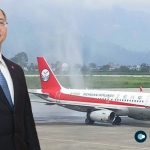
Comments